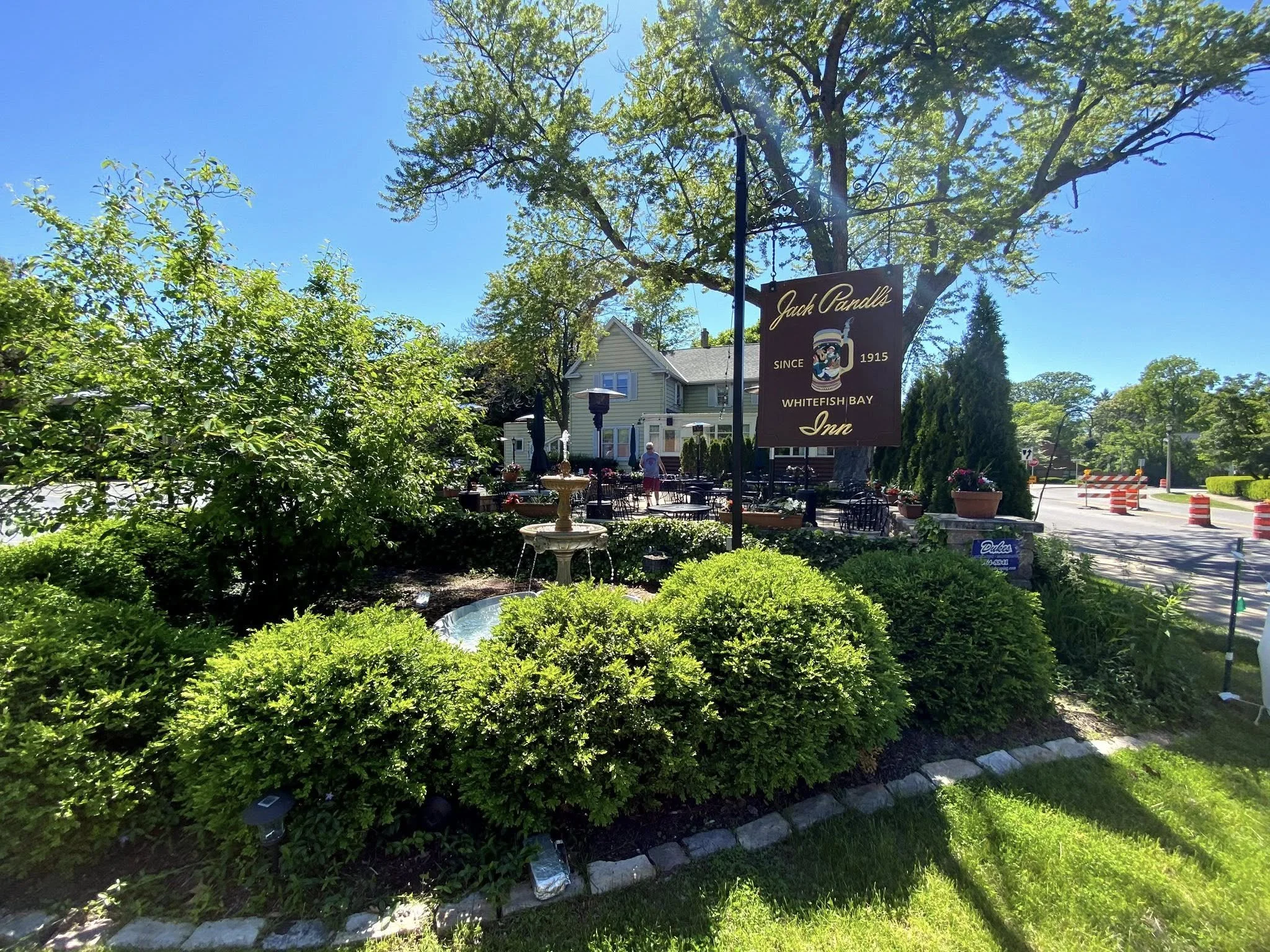10 Fascinating Historical Facts About Whitefish Bay, Wisconsin
Milwaukee County’s very first incorporated village holds secrets that make it one of Wisconsin’s most historically significant communities. From presidential visits to brewing fortunes, Whitefish Bay’s story reveals how determination, independence, and strategic location shaped a remarkable lakefront community.
1. America’s First Village in Milwaukee County
Whitefish Bay achieved the distinction of being Milwaukee County’s very first incorporated village on May 10, 1892. The incorporation wasn’t about growth or prestige—it was about education. When residents lobbied the Town of Milwaukee for a local school, they were refused because the nearest school was seven miles away. Led by newspaper publisher George Rogers, who published the Whitefish Bay Pioneer, residents took matters into their own hands and incorporated as an independent village to form their own school district.
2. Resort Drew 15,000 Visitors Per Weekend
The spectacular Pabst Whitefish Bay Resort, built in 1889 by Captain Frederick Pabst of brewing fame for $30,000, transformed the community into a destination of national significance. This lakefront wonderland featured a 48-foot circular bar, Ferris wheel, carousel, hotel, and outdoor movies. At its height, the park hosted as many as 15,000 visitors each weekend, and was once visited by President Theodore Roosevelt.
3. Revolutionary Transportation Links
The resort’s popularity was so immense that special transportation systems were created just to handle the crowds. Visitors traveled via steam boats that docked at Whitefish Bay’s lakeshore, while others took the Milwaukee & Whitefish Bay Railroad, a steam-powered tram that began running in 1886. This was later replaced by the electric streetcars of the Milwaukee Electric Railway and Light Company in 1898.
4. The Brewing Fortune Mansion
The Herman Uihlein Mansion, built between 1917-1919 for the son of the Schlitz Brewing Company president, stands as a testament to the brewing fortunes that shaped the North Shore. This Italian Renaissance masterpiece spans 13,717 square feet and features Bedford limestone construction, Cyril Colnik ironwork, and eight varieties of Italian marble. Now listed on the National Register of Historic Places, it was built on land that was once part of the Pabst Resort.
5. The Name’s Origin
The Whitefish Bay area was first inhabited by the Menominee, Potawatomi, and Sauk people. The area came under United States control in 1832 when the Menominee surrendered their claims by signing the Treaty of Washington. The name “Whitefish Bay” comes from the frequency with which early settlers caught whitefish in the adjacent bay of Lake Michigan.
6. The Gold Coast Development
In the first decades of the 1900s, eastern Whitefish Bay became part of the “gold coast” area that developed along the lakeshore north of Milwaukee, attracting some of the city’s most affluent families. Even after the Pabst Resort closed in 1914, the lakeshore land was redeveloped into seventeen exclusive lakefront residential lots, establishing the community’s reputation for elegance.
7. Commercial Fishing and German Farming
Before becoming a resort destination, Whitefish Bay was a working community built on commercial fishing and farming. Early settlers established a commercial fishing operation in the adjacent bay, with the frequency of whitefish catches suggesting the community’s eventual name. The area was also a mostly rural farming community with a significant population of German-born immigrants who cultivated and sold produce to meet the needs of the growing city of Milwaukee, establishing the economic foundation that would later support resort development.
8. Historic Armory and Military Heritage
The Whitefish Bay Armory was built in 1908 with a large stable and ample company and storage accommodations. When the Richards Street Armory was built in 1930, it also had cavalry facilities. These two sites are considered historically significant for their representation of Wisconsin’s military tradition, with numerous Milwaukeeans receiving training at these sites for the Mexican border war, World Wars I and II, and the Korean War. Today', this location is used for Whitefish Bay’s Memorial Day ceremony.
9. Pandl’s Restaurant Legacy
Pandl’s Whitefish Bay Inn is believed to be one of the oldest restaurants in the Milwaukee area operating at its original location. Built around 1900 as Bently’s Whitefish Bay Inn, it was a combination tavern-grocery store that served food across from the famous Pabst Resort. In 1915, John and Anna Pandl bought the Inn and converted it into a family-style restaurant, creating a dining tradition that continues today. Today’s it’s still a great place for a Friday fish fry or to hang out on the patio.
10. Peak Population and Suburban Growth
Whitefish Bay experienced explosive growth during the suburbanization that followed World War II, with the population growing tenfold between 1917 and 1936, then doubling again to reach a peak of 18,390 in 1960. Since then, the population has stabilized at around 14,000, creating a mature, established community that balances historic charm with modern amenities.
Today’s Whitefish Bay preserves its remarkable history while continuing to attract residents with its unique combination of lakefront beauty, educational excellence, and strong community character that began with those determined pioneers who demanded a local school over 130 years ago.






Based in Whitefish Bay but deeply rooted in the city's neighborhoods, Greg Smith is a cyclist, podcaster, and digital storyteller who has spent years building community connections across Milwaukee.